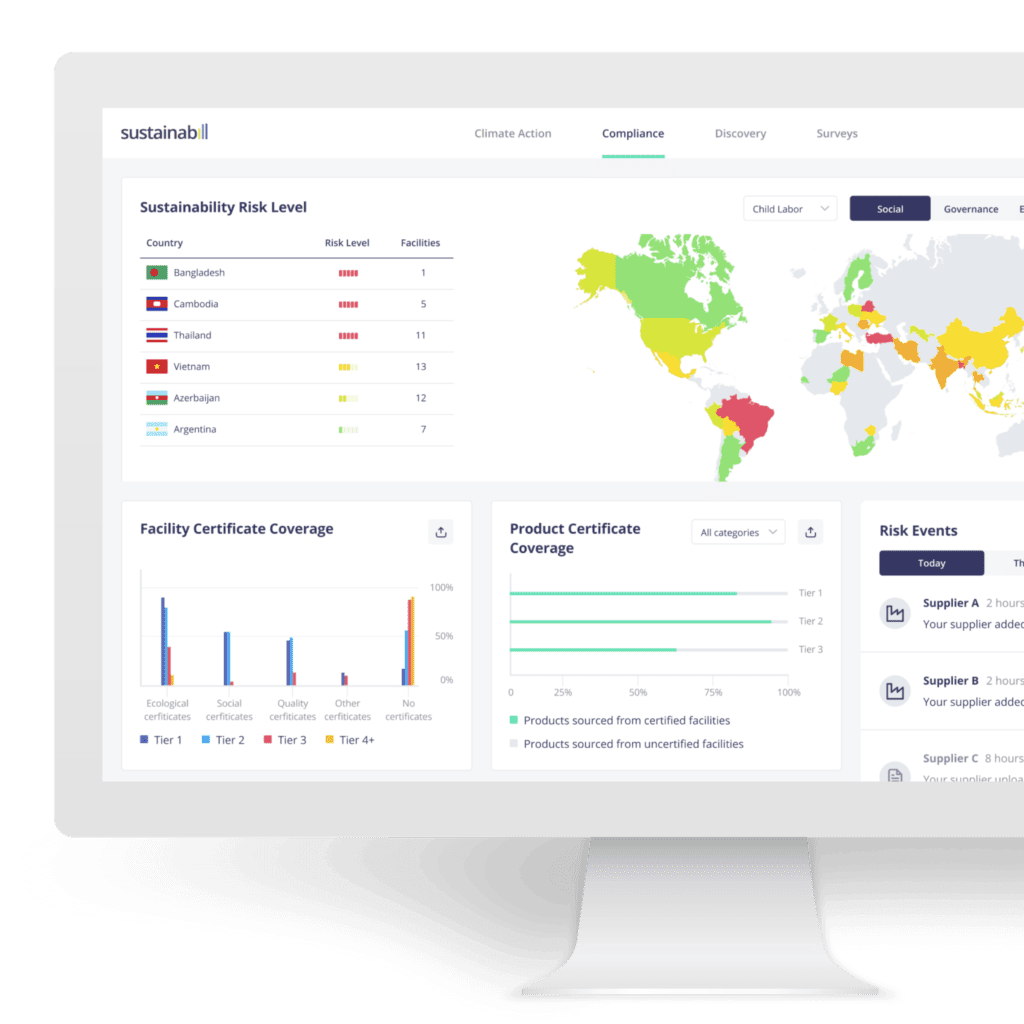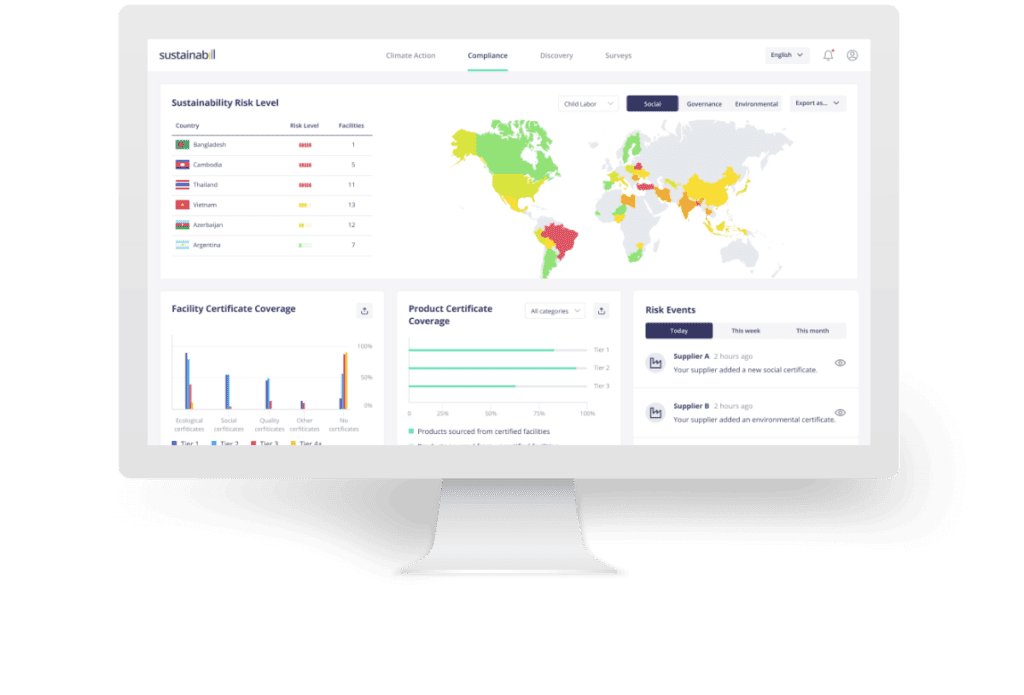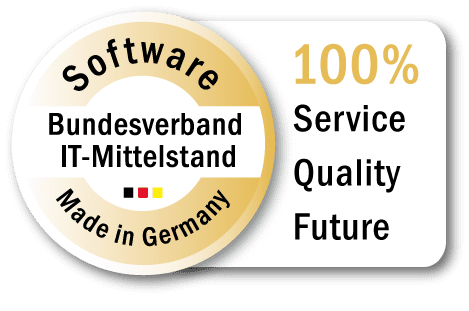All companies have the potential to make a significant climate impact by taking action to decarbonize global supply chains. Focusing on decarbonizing own direct operations and power consumption alone will not be sufficient in this endeavor. If companies are willing to tackle the imminent threat at our hands, the more effective way is to get to the root of the problem: focus needs to shift from own facilities to the suppliers‘ emissions (so-called Scope 3 emissions). Here are five aspects to know about the path to net-zero supply chains.
1. 8 sectors that can have a major influence
Food, construction, fashion, electronics, automotive, fast-moving consumer goods, professional services, and freight – if you are operating in one of these industries, chances are that by cutting emissions of your deeper supply chain you are making a major contribution to climate action. A recent study from Boston Consulting Group shows more than 50 % of global greenhouse gas emissions derive from these sectors.
2. Make an impact where it matters
For companies in most customer-oriented sectors, end-to-end emissions are much more significant than direct emissions in their own operations (so-called Scope 1 and 2 emissions). Scope 3 emissions often arise in countries where climate action is not a priority. By engaging suppliers, you can achieve a net-zero supply chain, accelerating climate action in countries where this topic is not being addressed with the urgency needed.
3. Resilient processes will be more cost-effective
Some companies might fear that a shift towards climate neutral products and services will result in higher prices for end-consumers and a subsequently diminished customer base. But take the long-term perspective: building resilience lowers the overall costs over time. Plus, as the study from Boston Consulting shows, around 40% of all emissions in net-zero supply chains could be avoided with readily available and affordable means such as circular economy, efficiency, and renewable electricity. Even with zero emissions in the supply chain, the cost to the end consumer would increase by no more than 1-4% in the medium term. It can also be assumed that people’s willingness to bear the additional costs of climate neutral production, which has already increased, will only continue to increase in the future as more attention is paid to the issue.
4. Decarbonizing supply chains is a challenge
Decarbonizing supply chains is challenging because of an often-fragmented supplier landscape as well as difficulties communicating clear targets and maintaining an overview of the supply chain. A neat presentation of sources is valuable and much needed to keep track of developments and adherence to standards.
5. Cloud platforms are key to an organized supplier overview
The cloud platform developed by sustainabill helps build a comprehensive emissions baseline that is gradually filled with actual supplier data. In the course of this, major sources of climate emissions can be identified, sourcing strategy revisited, measures to reduce emissions can be developed and together with the supplier, their implementation can be started.








